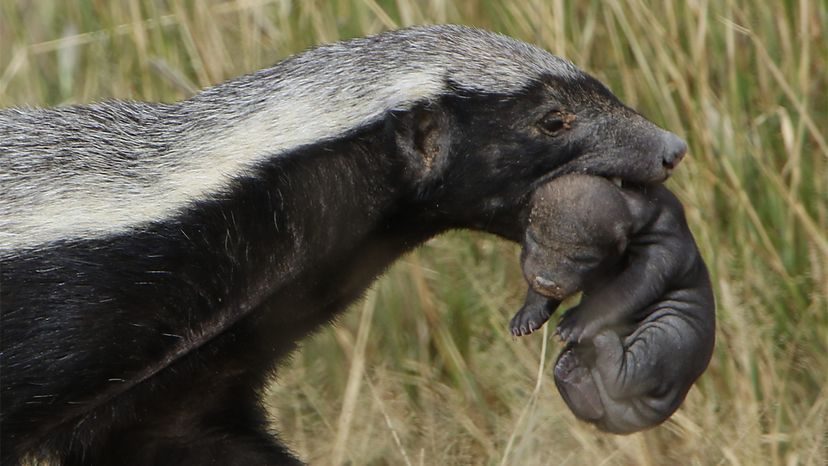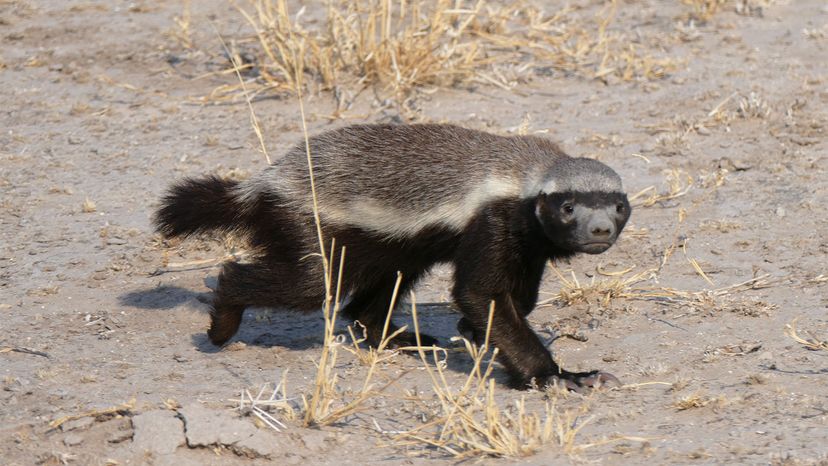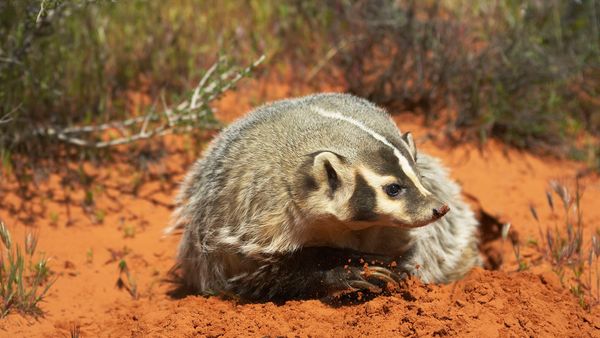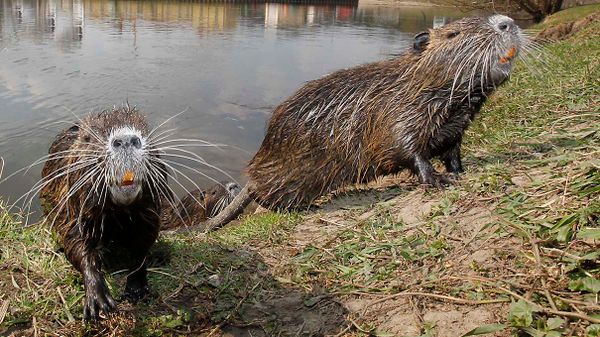Be this as it may, the honey badger can't get enough of beehives, but while they can endure many, many bee stings, ransacking a hive is a potentially deadly hobby for a variety of reasons. For starters, bees can be dangerous, but also humans can be dangerous. When honey badgers were first described in South Africa, they were often found in bee's nests, apparently feeding on honey (hence, the common name), but it turns out the honey badger was really interested in the bee brood — the nutritious bee larvae found in honeycomb.
"In South Africa, the honey badger was listed as near threatened in the early 2000s," said van der Merwe. "Beekeepers were killing them because they were causing hundreds of thousands [of dollars] worth of damage to the beekeeping industry, breaking into hives for the bee larvae that honey badgers eat. Not only do they destroy the hive itself, the beekeeper loses honey and the swarm of bees — it's actually quite a lot of money. Some badgers just learned to just live off sacking beehives, and they were being persecuted for it."
But over the past two decades, the relationship between badger and human has gotten better:
"What we did in South Africa is start raising the hives off the ground by 1.1 meters [3.6 feet], or strapping them together or to tires on the ground. This prevents the honey badgers rolling the hives, which is how they access them," said van der Merwe. "In the early 2000s, half the beekeepers we surveyed admitted to deliberately killing honey badgers because they were costing them so much money. Since we've come up with these methods for preventing the badgers from accessing the hives and the bee larvae found in them, beekeepers are no longer killing them, and we've noticed an increase in numbers and in range in some areas. They've since been downgraded to a species of least concern."
Which is great news, because even though they've got terrible personalities, honey badgers are good for the ecosystems they live in. Because the honey badger isn't as fast as other predators, they'll dig rodents out of burrows, providing food for birds of prey and jackals, which often follow a honey badger around, waiting to catch the honey badger's prey, or tidbits like leftover bee larvae.
It's OK, though — the honey badger don't care.




